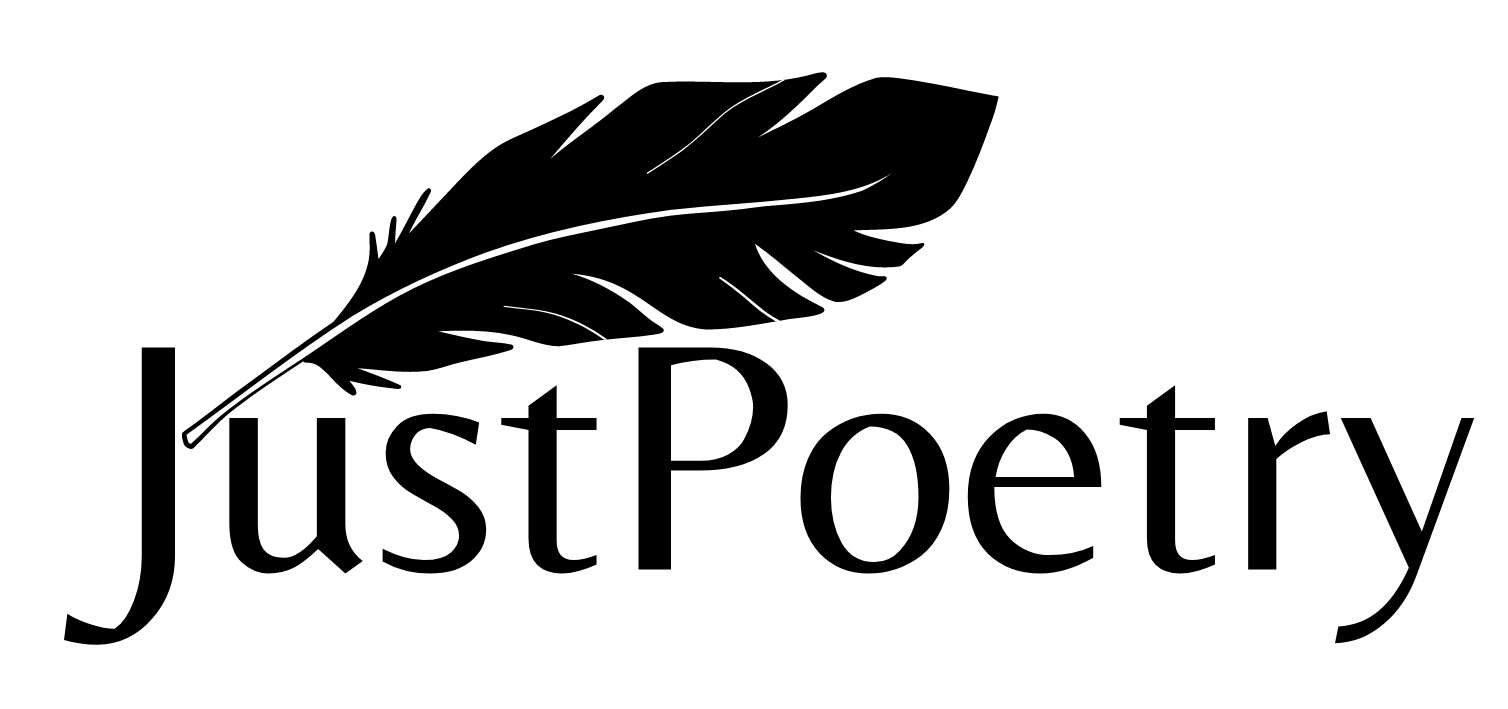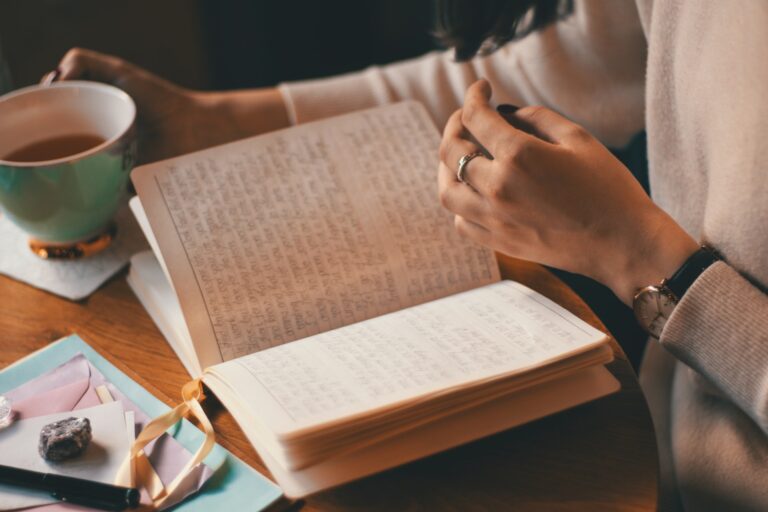Ellipses in Poetry: Definition and Uses In Crafting a Poem
I have always found poetry to be a form of magic. It’s like the words on a page come alive and dance around, creating emotions that I didn’t even know existed within me. One of the most intriguing elements of poetry for me is the use of ellipses.
Ellipses are those three little dots that we see at the end of a sentence, which signals an unfinished thought or incomplete idea. But in poetry, they take on a whole new meaning and significance. In this article, we will explore the definition and uses of ellipses in crafting a poem. From their role in creating suspense to hinting at deeper meanings, ellipses add an extra layer of complexity to poems, making them all the more captivating. So grab your favorite pen and notebook because by the end of this article, you’ll be itching to write your poem using these mysterious little dots!
Definition Of Ellipsis
Ellipsis definition is simple yet complex. It is a punctuation mark representing the omission of words in a sentence. Typically consisting of three dots, it signals to the reader that something has been left out intentionally.
But an ellipsis can also be used as a literary device in poetry to create tension and ambiguity. By leaving out certain words or phrases, poets allow readers to fill in the blanks with their interpretations and emotions. This creates a sense of intimacy between the poet and reader, where both parties are actively engaged in co-creating meaning.
However, like all things poetic, the use of ellipses is not always clear-cut. Some poets may use them excessively, leading to confusion or detachment from the poem. Others may avoid using them altogether, opting for more straightforward language instead. Ultimately, it’s up to each poet to decide how best to incorporate ellipses into their work for maximum impact.
Different Types Of Ellipses
Moving forward, let’s dive deeper into the world of ellipses in poetry. When crafting a poem, an ellipsis can be used to create a sense of pause or hesitation. It allows the reader to take a breath and reflect on what has been read before continuing with the rest of the poem.
Poets use different types of ellipses to convey their message effectively. One type is called trailing off, where the sentence ends abruptly without completing its thought. This creates a feeling of uncertainty or incompleteness for the reader, leaving them wondering what could have come next.
Another type is known as suspension, where words are deliberately omitted within a sentence. This technique encourages readers to fill in the gaps and become more invested in the poem’s meaning. The poet may leave out certain information intentionally to create emphasis or add depth to their work.
Incorporating ellipses in poetry can elevate your writing by adding nuance and complexity while engaging your audience’s imagination. By utilizing various forms of ellipses such as trailing off and suspension techniques, you can guide your readers’ emotions and thoughts toward your intended theme or message without being too didactic or explicit about it. So experiment with this poetic device – who knows what creative expression it might inspire!
Examples Of Ellipses In Poetry
Ellipses in poetry are a powerful tool for poets to convey meaning and emotion. An ellipsis is a punctuation mark consisting of three dots that indicates the omission of words or phrases. It can create pauses, suggest unspoken thoughts or emotions, and add depth and ambiguity to the poem.
Examples of ellipses in poetry include:
- “I have promises to keep…and miles to go before I sleep.” – Robert Frost
- “The woods are lovely, dark and deep…But I have promises to keep…” – Robert Frost
- “Do not go gentle into that good night…Rage, rage against the dying of the light.” – Dylan Thomas
- “It was many and many a year ago…In a kingdom by the sea…” – Edgar Allan Poe
As you can see from these examples, using ellipses creates a sense of anticipation or pause within the poem. It also allows readers to interpret what the poet might leave unsaid.
The definition of an ellipsis may seem simple enough but its uses in poetry are endless. Using this unique punctuation mark effectively, poets can evoke emotions and ideas beyond just words on paper. So next time you read a poem with an ellipsis, note how it affects your interpretation and understanding of the work.
Why Writers Use Ellipses
You may be wondering why writers use ellipses in poetry. Well, it’s not just about creating pauses or indicating omissions; there’s more to it than that. Ellipses can convey various emotions and add depth to the poem’s meaning.
Using it in poetry is one way for writers to create tension and suspense within their work. By omitting certain words or phrases, the reader is forced to fill in the gaps themselves, resulting in an added layer of complexity and interpretation.
Furthermore, ellipses can also serve as a visual representation of ideas. They can mimic the natural ebb and flow of conversation, adding realism and authenticity to the poem. Through this technique, writers can evoke a sense of intimacy with their readers while leaving room for interpretation.
So next time you come across ellipses in poetry, take a moment to consider their purpose beyond just punctuation. It might reveal something deeper about the writer’s intentions and emotions behind their work.
Impact Of Ellipsis In Literature
Ellipsis in literature can have a profound impact on the reader. Not only does it create an air of mystery and suspense, but it also allows for interpretation and imagination to take hold. As Hemingway once said, “The dignity of movement of an iceberg is due to only one-eighth of it being above water,” and similarly, ellipses leave much unsaid for the reader to uncover.
Ellipsis in literature can be used in various ways – whether it’s through omitting words or phrases, creating pauses, or indicating a trailing off. This technique can evoke emotions such as uncertainty, contemplation, nostalgia, or even fear depending on how it’s employed by the author. By keeping certain details hidden from the reader, they are forced to fill in the gaps with their thoughts and assumptions.
In essence, ellipsis in literature serves as a powerful tool that engages the reader on multiple levels. It encourages them to actively participate in deciphering what lies beneath the surface while simultaneously allowing them to connect with the text personally. Whether it’s used sparingly or frequently throughout a piece of writing, there’s no denying its ability to captivate readers and keep them wanting more.
How To Use Ellipses In A Poem
Using ellipses in poetry can add a layer of complexity to your writing. They are versatile and can serve multiple purposes, such as indicating pauses, hesitation or the passage of time. As with any poetic technique, using an ellipsis requires a certain level of finesse and understanding of how it fits into the poem’s overall structure.
When using an ellipsis in a poem, consider where you want to place emphasis or create tension. Perhaps you want to create suspense by trailing off mid-sentence, leaving readers wondering what comes next. Or maybe you want to convey a sense of longing by allowing the words to linger on the page before fading away…
Ellipses also allows for more freedom when crafting lines that don’t fit neatly into traditional forms like sonnets or haikus. You may find yourself working with longer lines or experimenting with line breaks in ways that wouldn’t be impossible without this tool. Utilizing ellipses in poetry is about finding new ways to express ideas while keeping readers engaged and curious about what’s coming next…
Quotations And Trails Of Ellipses
Moving on from how to use ellipses in a poem, let’s dive into the topic of quotations and trails of ellipses. Ellipses in poetry can indicate missing words or phrases from quoted material or create a sense of hesitation or trailing off within the speaker’s own words.
- Quotations: When using a direct quotation in your poem, you may need to omit certain parts for brevity or clarity. In this case, you would use an ellipsis enclosed in square brackets […]. This signals that some text has been intentionally left out while still maintaining grammatical correctness. However, it’s important not to overuse this technique as it can disrupt the flow of your poem.
- Trails of Ellipses: Sometimes, poets use multiple periods (or dots) to create a trail-like effect known as “trailing ellipses.” This is often done when indicating an ongoing thought process or unfinished sentence. It creates a sense of openness and allows readers to fill in their interpretations based on what they’ve read.
- Creative Uses: Of course, like any poetic device, there are countless creative uses for ellipses beyond just these two examples. Some poets might use them repeatedly throughout their work for stylistic purposes; others might only include them once or twice for emphasis at specific moments. Remember that every choice you make should serve your poem’s overall message and tone.
Ellipses can add depth and nuance to your poetry if used correctly. Whether creating trails of thought or trimming down quotes, consider incorporating them into your writing with intentionality and care. Let each dot count towards crafting something beautiful and meaningful for yourself and your audience.
Frequently Asked Questions
What Are Some Common Misconceptions About Ellipses In Poetry?
Ah, ellipses in poetry. A topic often misunderstood by tmany. There’s this idea that throwing a few dots together will automatically make your poem more profound and mysterious. But let me tell you, my dear reader, that’s simply not the case. Ellipses must be used with intention and purpose to enhance the meaning of a poem. Otherwise, they become nothing more than unnecessary fluff cluttering up your verses. Don’t fall into the trap of thinking ellipses are a shortcut to poetic greatness. Use them wisely, or don’t use them at all.
Do Different Languages And Cultures Use Ellipses Differently In Poetry?
Do you ever wonder if the way we use ellipses in poetry is universal? As someone who speaks multiple languages, I’ve noticed that different cultures and languages often have their unique approach to using ellipses. For example, in Japanese haiku, a dash can be used instead of an ellipse to pause or break the poem’s flow. It’s fascinating to see how something seemingly small as punctuation, can vary greatly across different artistic mediums and cultural contexts.
How Have The Use And Interpretation Of Ellipses In Poetry Evolved?
Nowadays, ellipses in poetry are used to create suspense or indicate a pause. But I know what you’re thinking – “How have they evolved over time?” Well, let me tell you, my friend. Back then, poets like William Shakespeare and John Donne used ellipses to show hesitation or uncertainty in their characters’ speech. As time passed, modernist poets such as T.S. Eliot and Ezra Pound began using them more frequently for different purposes such as fragmentation and dislocation. So, while using ellipses has changed throughout history, one thing remains constant – it adds depth and complexity to any poem when used effectively.
Can Ellipses Be Used In Conjunction With Other Literary Devices, Such As Similes Or Metaphors?
Ellipses are like spices in a dish – they can enhance the flavor when used correctly, but too much can ruin the whole meal. When it comes to poetry, ellipses can be used in conjunction with other literary devices such as similes or metaphors to create a more powerful effect on the reader. For example, using an ellipsis at the end of a metaphorical line allows the reader’s imagination to fill in the blanks and creates a sense of anticipation for what will come next. However, it is important not to overuse this technique and lose its impact. An artist once said, “The most essential gift for a good writer is a built-in, shockproof shit detector.” So let’s use our detectors wisely and craft poems that leave a lasting impression on our readers.
Are There Any Notable Poets Who Have Used Ellipses Extensively In Their Work?
You know what’s interesting? Some poets use ellipses extensively in their work. It reminds me of how a painter might use brushstrokes to create texture and depth on a canvas… or how a musician uses pauses between notes to build suspense and anticipation. One poet who comes to mind is E.E. Cummings, who often used unconventional punctuation to convey his ideas about love, nature, and the human experience. His poems are like little puzzles that require you to think deeply about what he’s trying to say. And isn’t that the point of poetry? To make us feel something, challenge our assumptions, and ultimately help us understand ourselves better?
Conclusion
In conclusion, ellipses in poetry are not just a simple trio of dots. They hold weight and power within the lines, adding depth and complexity to the message being conveyed. Misconceptions about their use may lead one to believe they are unnecessary or overused, but the truth is that when used effectively, they can transform an ordinary poem into a work of art.
Different cultures and languages may have varying interpretations of ellipses in poetry, but their impact remains universal. Ellipses have evolved from ancient times to modern-day poetry alongside society’s changing attitudes toward language and communication. And while some poets may shy away from using them extensively, others embrace them as a tool for creating emotion and atmosphere within their works.
In true Hemingway style, I must say that without ellipses in poetry…well, it would be like fishing without a hook. Sure, you might occasionally catch something with just bait on your line, but those three little dots reel us in and keep us hooked until the end. So don’t underestimate the power of ellipses in crafting a poem – they just might be what sets your words apart from all the rest.




